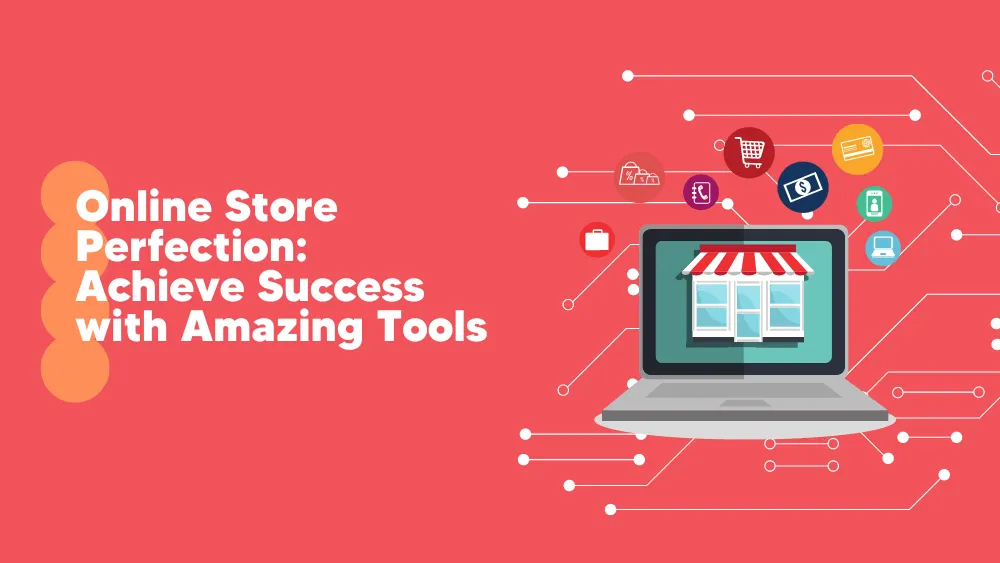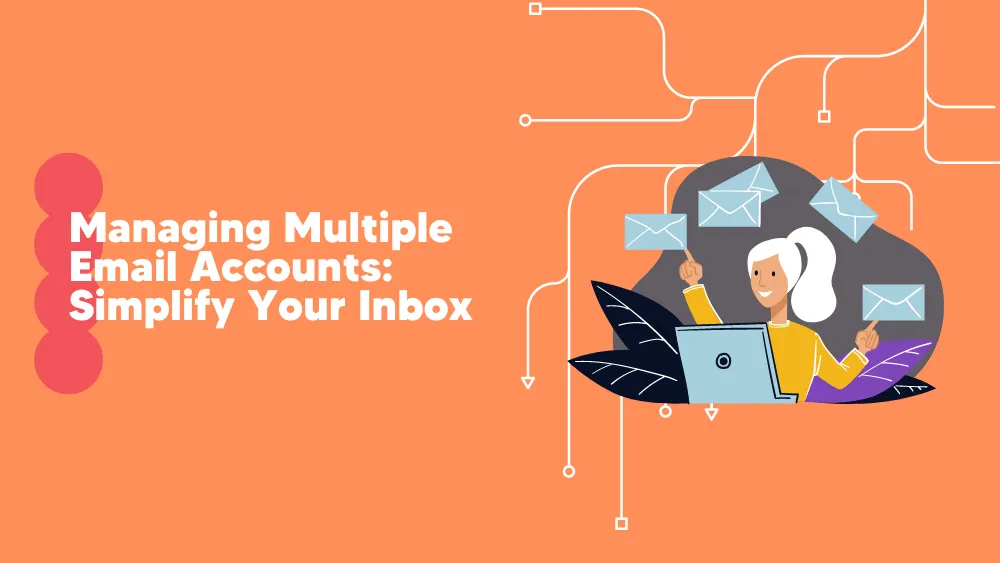
SendGrid Reviews for 2025
Save 40% on your SaaS stack with expert guidance
Free Consultation
What is SendGrid?
SendGrid, now part of Twilio, is a cloud-based email delivery platform trusted by over 80,000 customers worldwide. It offers a reliable and scalable solution for sending transactional and marketing emails.
It’s powerful APIs and SMTP service allow developers to integrate email functionality into their applications easily. The platform ensures high deliverability rates with its proven infrastructure, purpose-built MTA (Mail Transfer Agent), and partnerships with major mailbox providers.
It also provides time-saving features like fast troubleshooting, secure account management, and an intuitive user interface for data analysis. For marketers, its Email Marketing Campaigns offer efficient email building, easy segmentation, impactful personalization, and intuitive testing.
The platform emphasizes deliverability, scalability, expertise, and 24/7 support. It also offers add-ons such as additional dedicated IP addresses, personalized support, deliverability services, and integration with Twilio’s other communication channels.
Overall, SendGrid simplifies and enhances email delivery, ensuring messages reach the inbox and helping businesses drive engagement and growth.
Found in these Categories
Best For
- Freelancers
- Small Business
- Medium Business
- Large Enterprise
SendGrid Pricing
Free
Email API
Essentials
Email API
Pro
Email API
Looking to Save Time & Money
Audit, consolidate, and save—powered by our internal buying team. Let our experts analyze your current software stack and identify opportunities for cost savings and efficiency improvements.
- Stack Audit
- Cost Reduction
- Expert Team
SendGrid Features
- A/B Testing
- Automated Email Responses
- CAN SPAM Compliance
- Campaign Management
- Drip Campaigns
- Contact Database
- Customizable Templates
- Activity Dashboard
- Drag & Drop
- Event Triggered Actions
- File Management
- List Management
- Real-Time Analytics
- SMS Marketing
- WYSIWYG Editor
- API
- Alerts/Notifications
- Audience Targeting
- Campaign Analytics
- Campaign Scheduling
- Real Time Notifications
- Real Time Reporting
- Campaign Segmentation
- Catch-all Server Detection
- Chat/Messaging
- Click Tracking
- Communication Management
- Contact Management
- Customer History
- Customer Segmentation
- Email Campaign Management
- Email Distribution
- Customizable Branding
- Customizable Fields
- Data Recovery
- Delivery Tracking
- Disposable Email Detection
- Domain Check
- Drag & Drop
- Dynamic Content
- Email Filtering
- Email Management
- Search/Filter
- Signature Management
- Email Marketing
- Email Monitoring
- Spam Analysis
- Spam Blocker
- Email Templates
- Email Tracking
- Engagement Tracking
- File Storage
- Forms Creation & Design
- Geolocation
- Image Library
- Landing Pages/Web Forms
- Location Tracking
- Mailing List Management
- Message Personalization
- Mobile Optimized Emails
- Monitoring
- Queue Management
- Reporting & Statistics
- Reporting/Analytics
- Response Management
- Routing
- Real Time Data
- Real Time Monitoring
- Simple Mail Transfer Protocol (SMTP)
- Single Email Verification
- Subscription Management
- Syntax Check
- Team Management
- Template Management
- Threat Protection
- Threat Response
- Unsubscribe Database
- Whitelisting/Blacklisting
User Sentiment - SendGrid Reviews
-
Reliable Email Delivery
SendGrid is widely praised for its reliable email deliverability, making it an excellent choice for businesses sending large volumes of transactional emails. Many users report minimal downtime, ensuring consistent email delivery.
-
Extensive Integrations
It offers numerous integrations with other platforms such as CRMs, e-commerce platforms, and marketing tools. This makes it adaptable for different workflows and business needs.
-
Strong API
The API is simple to integrate, offering developers the flexibility to connect with other tools and platforms efficiently. This makes it ideal for SaaS applications and large enterprises with custom email needs.
-
Detailed Analytics
SendGrid provides detailed reporting on key email metrics like open rates, click-through rates, and bounce rates, helping businesses refine their email strategies.
-
Segmentation and Personalization
With its dynamic content and advanced segmentation features, SendGrid helps users create personalized and targeted email campaigns, boosting engagement.
-
Customer Support Limitations
Many users have noted that customer support can be slow, particularly for those on lower-tier plans. Advanced support is reserved for higher-paying customers, which can be frustrating for smaller businesses.
-
Complicated User Interface
Some users find the UI outdated and challenging to navigate, especially when compared to more modern email platforms. This can be a barrier for non-technical users trying to customize their emails.
-
Automation Limitations
While SendGrid does offer automation tools, their functionality is somewhat limited compared to other email marketing platforms, particularly in lower-tier plans.
-
Email Template Editor
The drag-and-drop editor is functional but less intuitive than competitors. Users have reported that the design options are limited, and the editor can feel clunky.
-
Scalability of Pricing
Although the platform is highly effective for large-scale email campaigns, the pricing can become steep as your contact list grows, especially for advanced features like dedicated IP addresses or enhanced customer support.
Leave a Review
SendGrid Company Details
Company Name
Twilio
Headquarters
United States
Website
www.twilio.com
Own this Software?
SendGrid vs. Similar Products
Select up to 3 Software, to enable Comparison
Compare Selected SoftwareSendGrid Frequently Asked Questions
Yes, SendGrid is owned by Twilio. Twilio, a cloud communications platform, acquired SendGrid in 2019 to expand its services into email communication, adding to its existing SMS, voice, and messaging capabilities. With this acquisition, Twilio integrated SendGrid’s powerful email delivery infrastructure with its own communication solutions, allowing businesses to manage both email and other forms of messaging through a unified platform. The combination of Twilio and SendGrid enables seamless communication for businesses across multiple channels.
SendGrid is used for reliable email delivery, enabling businesses to send large volumes of emails efficiently. It serves two main purposes: transactional emails and marketing emails.
For transactional emails, SendGrid sends automated messages like password resets, order confirmations, and account notifications. For marketing emails, businesses use it for newsletters, promotional offers, and product updates, with tools for segmentation and A/B testing to optimize campaigns.
Additionally, SendGrid provides SMTP relay services, allowing businesses to send emails through its servers without managing their own infrastructure.
It also offers real-time analytics to track email performance, including open rates, clicks, and bounces.
For developers, SendGrid’s APIs allow easy integration of email-sending capabilities into apps or websites.
With its focus on high deliverability, scalability, and security, SendGrid is a popular choice for businesses looking to streamline email communication.
SendGrid is an email delivery platform that helps businesses send large volumes of emails, including transactional(password resets, order confirmations) and marketing emails (newsletters, promotions). It ensures reliable email delivery through SMTP relay and API integration, allowing businesses to route emails securely or integrate email-sending capabilities into their apps and websites.
SendGrid also offers real-time analytics, providing insights into open rates, clicks, and bounces. Additionally, it optimizes deliverability with tools like IP warming and domain authentication, making it a popular choice for managing email communications efficiently at scale.
SendGrid works by providing an email delivery platform that businesses can use to send large volumes of emails efficiently and reliably. Here’s how it works:
- Email Sending: Businesses can send transactional (like password resets or order confirmations) and marketing emails (like newsletters or promotions) through SendGrid. Emails can be sent via SendGrid’s interface or integrated with apps using APIs or SMTP relay.
- Email Infrastructure: SendGrid manages the technical aspects of email delivery, ensuring emails are sent securely and reliably without businesses needing their own infrastructure.
- Deliverability Optimization: It uses tools like domain authentication (SPF, DKIM) and IP warming to improve email deliverability, helping ensure emails reach inboxes instead of spam folders.
- Analytics and Reporting: SendGrid provides real-time metrics on email performance, including open rates, clicks, bounces, and spam reports.
- Scalability: Whether sending a few emails or millions, SendGrid handles scaling, making it suitable for businesses of all sizes.
Overall, SendGrid simplifies email delivery while optimizing for deliverability and providing detailed analytics for performance tracking.
Using SendGrid instead of a traditional SMTP server provides several key advantages, especially for businesses needing reliable and scalable email services.
- Higher Deliverability: SendGrid is designed to optimize deliverability, ensuring your emails reach inboxes rather than being marked as spam.
- Advanced Features: Beyond basic email sending, SendGrid offers tools like real-time analytics, A/B testing, and detailed reporting, allowing you to track and improve your email campaigns.
- API Integration: SendGrid’s API makes it easy to integrate with applications, offering more flexibility and control over email delivery compared to standard SMTP.
- Scalability: SendGrid is built to handle large volumes of emails, making it an ideal choice for growing businesses that need to scale without issues.
- Enhanced Security: Features like dedicated IPs, domain authentication, and encryption provide a higher level of security than standard SMTP.
- Multi-Channel Support: As part of Twilio, SendGrid enables businesses to combine email and SMS communication, providing a more comprehensive customer engagement strategy.
Overall, SendGrid offers a more reliable, feature-rich, and scalable solution compared to traditional SMTP servers.
SendGrid can be used for cold emails, but it requires careful execution to maintain deliverability and avoid being flagged as spam.
Pros:
- High Deliverability: SendGrid’s infrastructure helps ensure that your emails reach inboxes if you follow best practices.
- Analytics: SendGrid offers real-time tracking for open rates, clicks, and bounces, allowing you to optimize your cold email strategy.
- Scalability: SendGrid can handle large email volumes, making it suitable for businesses sending mass cold emails.
- Personalization: SendGrid supports personalized emails, which is crucial for increasing engagement in cold outreach.
Cons:
- Spam Risk: Cold emails are prone to being flagged as spam if recipients don’t engage, potentially harming your sender reputation.
- Dedicated IPs: To improve deliverability for cold emails, you may need a dedicated IP, which comes at an additional cost.
To use SendGrid effectively for cold emails, maintain a clean email list, personalize messages, and comply with regulations like GDPR or CAN-SPAM. This will help you achieve better results and maintain a good sender reputation.
People use SendGrid because it offers a reliable, scalable, and feature-rich email delivery platform. It ensures high deliverability, meaning emails are more likely to reach inboxes instead of spam folders, which is crucial for both marketing and transactional emails.
SendGrid provides advanced tools such as real-time analytics, A/B testing, and email personalization, helping businesses optimize their campaigns and boost engagement. Its platform is also highly scalable, making it suitable for businesses of all sizes, whether you’re sending a few emails or millions.
Additionally, ease of integration through SendGrid’s robust APIs allows developers to seamlessly connect email services to their apps or websites. With enhanced security features like domain authentication and dedicated IPs, SendGrid offers greater control over deliverability and reputation.
As part of Twilio, SendGrid also supports omnichannel communication, combining email with SMS for a more unified customer experience.
While SendGrid is a powerful email platform, it has a few limitations. The Free Plan allows only up to 100 emails per day, which may not be enough for growing businesses.
For those sending cold emails, deliverability can be a challenge, as high bounce rates or spam flags can hurt your sender reputation. Additionally, advanced features like dedicated IPs, advanced analytics, and phone support are only available on the Pro Plan or higher, limiting functionality for users on lower-tier plans.
There’s also a learning curve, especially for non-technical users who may find domain authentication and API integration challenging.
Furthermore, dedicated IPs come at an additional cost of $30 per month, which can increase the overall expense. Lastly, while functional, the email editor is fairly basic compared to other platforms, lacking advanced design capabilities.
These factors should be considered when choosing SendGrid.
Google does not use SendGrid for its email services like Gmail. Instead, Google has its own robust email infrastructure and services, such as Gmail and Google Workspace (formerly G Suite), which are highly optimized for deliverability and security.
However, many businesses that use Google’s cloud services, like Google Cloud Platform, may integrate SendGrid to handle their email sending needs, especially for transactional or marketing emails. SendGrid can be integrated with Google Cloud services, but Google itself does not rely on SendGrid for its internal email operations.






